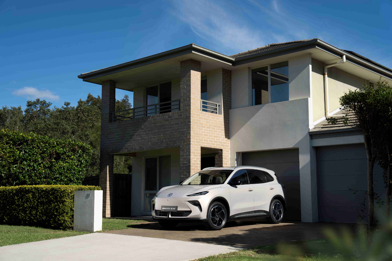Imagine you live in Sydney's lavish suburb of Bondi, while your friend lives in one the city's lower socio-economic regions.
You both order an Uber home at the same time, with each ride having identical demand, traffic and distance travelled.
Yet, you are charged significantly more for the service because of where you are travelling.
This could soon be a reality with Uber introducing "route-based pricing" — a new fixed rate fare system for its UberX service that charges customers based on what it predicts they would be willing to pay.
Using machine-learning techniques, Uber was able to discover customers would happily pay a fixed-premium to travel some high-demand routes — basing the new pricing from this data.
While this might sound like the service is separating its customers based on income, Uber's head of product Daniel Graf said this wasn't the case.
"This is not personalised. This has nothing to do with the individual," he told Business Insider.
Instead, Mr Graf insists the price increase would only be applied to popular routes and would only affect those who are already happy to pay for the more expensive Uber X service.
"The fares have to do with the demand you see on the route," he said.
"We don't know what wealthier parts of towns are. We don't take anything related to wealth or any other characteristics into account. All we look is what are the demands for our different products. That is all it is."
Mr Graf said while customers can expect to pay more for using fixed rate route-pricing, drivers will not receive any extra money — they will continue to be paid based on distance, applicable surge pricing and incentives.
"What we want for drivers is consistent earnings," he said. "If we don't have reliable and consistent earnings, what are they going to do? They're not going to drive for Uber."
Instead of giving drivers their share of the extra money from route-pricing, Uber will reinvest it into promotions for both customers and employees.
Currently, route-based pricing is limited to 14 US cities — there is no solid time frame for when it might be rolled out in Australia.
-news.com.au




